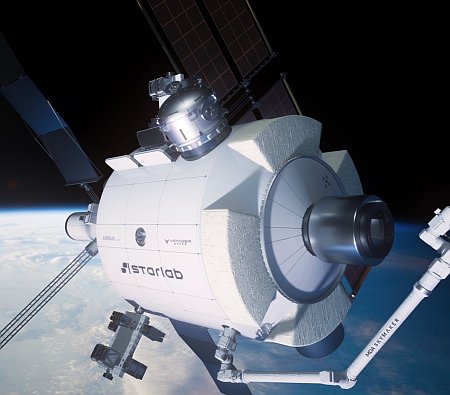Two stories today suggest that Kazakhstan is shifting its politics away from Russia and towards the west, albeit carefully and with an eye to avoid poking the bear that lives so close by.
First, the government’s tourism agency announced plans to develop tourism at its Baikonur spaceport.
Participants discussed infrastructure upgrades, the creation of new travel routes, brand strengthening, investment attraction and partnerships to support long-term development.
According to Kazakh Tourism Сhairman Kairat Sadvakasov, the concept focuses on building a sustainable tourism ecosystem during the periods between rocket launches. The goal is to integrate Baikonur into Kazakhstan’s cultural, educational and scientific agenda.
Both the Soviet and Russian governments have always treated Baikonur as a classified military installation, and forbid such visitation, including vetoing public viewing areas areas. Kazakhstan has likely seen the cash earned by India and U.S. by allowing such spaceport tourism, and wants some for itself. Evidently it now thinks the Russians no longer have the clout to stop it from doing so.
Next, Kazakhstan’s government announced it has signed a deal with SpaceX to introduce Starlink into the country.
The agreement ensures that Starlink will comply with Kazakhstan’s legal and regulatory requirements, including those related to information security and communications. Until now, Starlink operated in the country only on a pilot basis, providing internet access exclusively to schools.
The upcoming launch will allow citizens to legally purchase, register, and use Starlink terminals. The service aims to improve high-speed internet access in remote and hard-to-reach regions, supporting rural schools, healthcare centers, mobile units, and infrastructure sites – particularly in areas where laying fiber-optic networks is not feasible.
This deal also suggests a change in Kazakhstan’s relationship with Russia. Starlink is blocked from Russia due to its invasion on the Ukraine. Yet the service is now available to both Kazakhstan and the Ukraine, formerly part of the Soviet Union and directly adjacent to Russia. That Kazakhstan is publicly permitting Starlink in is a clear statement that it wants the same technology as the Ukraine to better protect it from a Russian invasion.
It also suggests a decline in Russia’s influence inside Kazakhstan. Previously if the Russians said jump, the Kazakhstan government would ask, “How high?” Now it appears it is willing to act more independently, and in ways that are not necessarily in Russia’s interests.
One wonders if this shift could go as far as Kazakhstan trying to sell Baikonur as a launch site for other commercial entities, such as from India, China, and Europe. I doubt many would buy the service (Baikonur is not well located compared to other spaceports), but the very offer would signal a major political shift in this part of the world.













